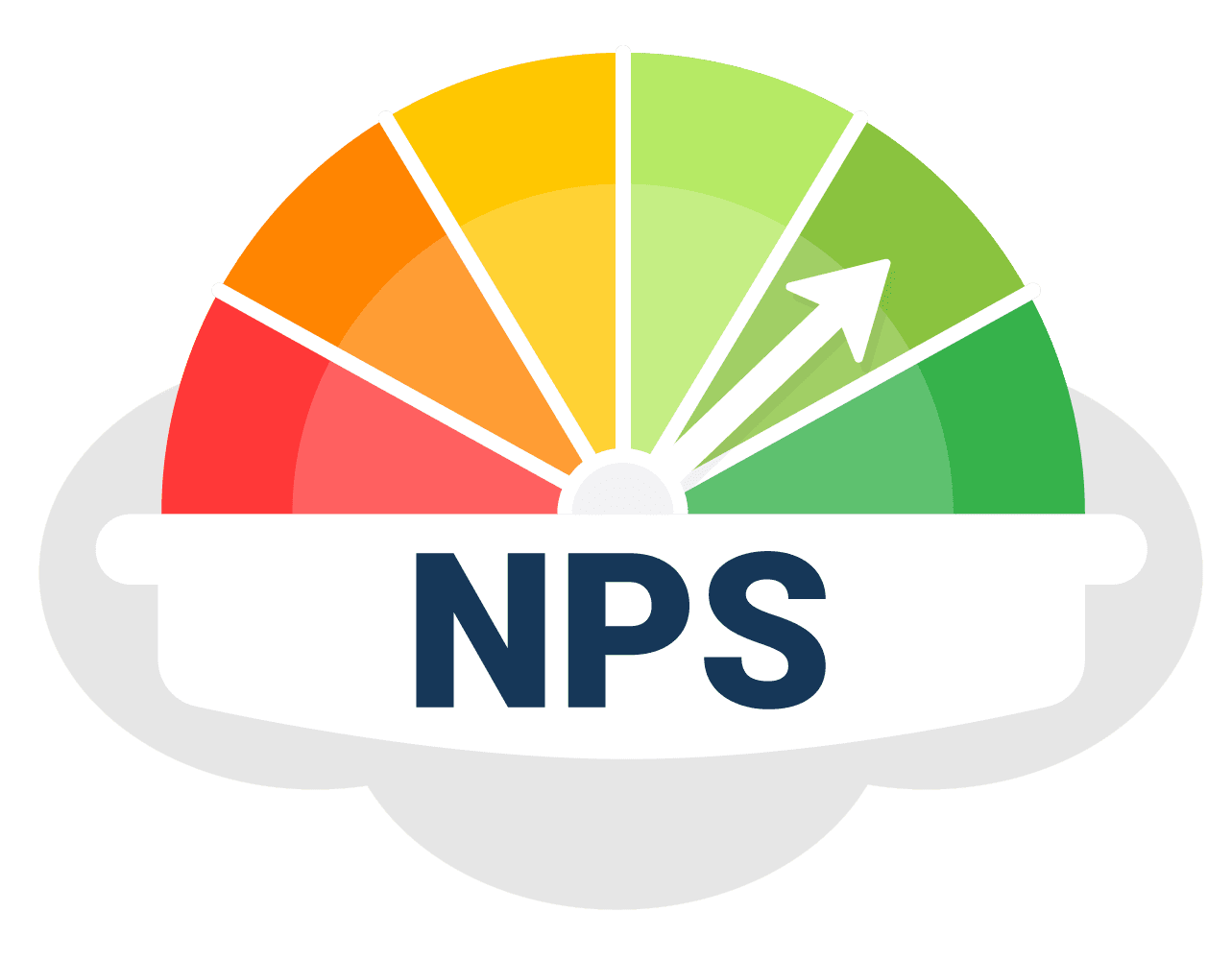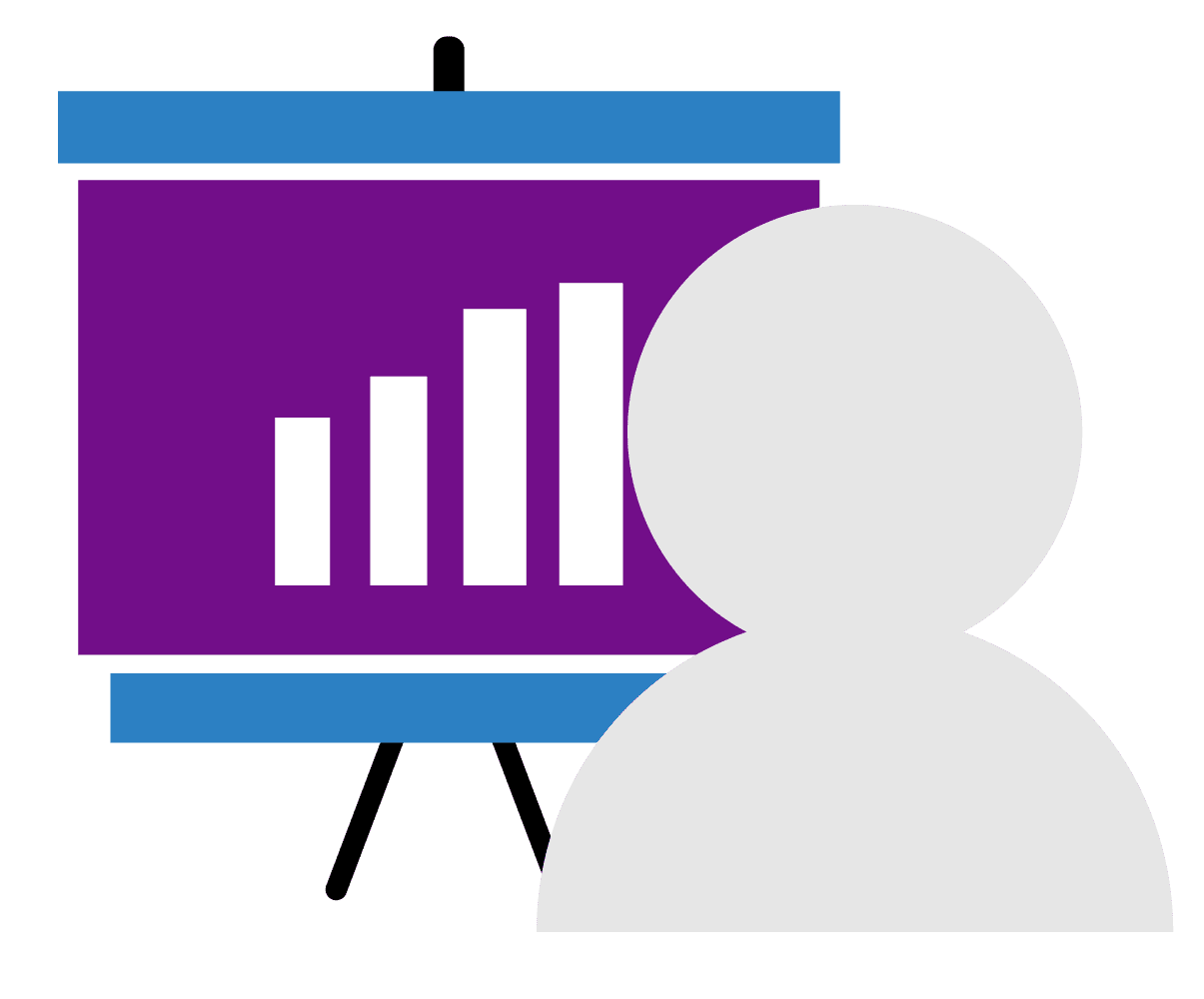If your customers were asked, how would they honestly assess your brand? That’s the question Forrester posed to nearly 100,000 consumers in a survey spanning more than 220 companies in 13 industries. The results are sobering. Net promoter scores, or NPS, went down in 8 sectors and rose in just one last year. The other four stayed the same.
The NPS metric indicates customers’ likelihood of recommending their preferred brands to others. Such referrals are customer acquisition gold, as they are unsolicited third-party recommendations from people with no stake in the outcome.
Consumers are four times more likely to act on referrals than to respond to any advertising pitch, digital or traditional.
This score is frequently used to assess the customer experience, and while Forrester makes the point that the promoter score is not a direct measure of quality, the correlation between the two is inescapable. Another survey of the 2023 business year, this one by KPMG, reveals “the most significant drop (in CX) in the past decade.” It stands to reason that if a brand does not meet users’ expectations, they are not likely to recommend it to their friends.
Raising Your X Game
 Several factors go into determining a company’s NPS score, from product performance to consistency to ease of doing business to customer care. The last item is critical. How many times have you received the level of service that resolved the issue and left behind a favorable impression of the company? User satisfaction can be a moving target as consumer behavior changes, trends emerge, and new technologies are introduced. Staying ahead of the curve is critical to customer retention, without which a favorable NPS score will not happen.
Several factors go into determining a company’s NPS score, from product performance to consistency to ease of doing business to customer care. The last item is critical. How many times have you received the level of service that resolved the issue and left behind a favorable impression of the company? User satisfaction can be a moving target as consumer behavior changes, trends emerge, and new technologies are introduced. Staying ahead of the curve is critical to customer retention, without which a favorable NPS score will not happen.
If service is not aligned with the rest of the user journey, you’re doing it wrong. With all the attention dedicated to CX, this should be the easiest hole to plug. Map the user journey across all the touchpoints that consumers encounter, from the website to social channels to the sales team and, of course, the service desk. But don’t just map the journey as an exercise; make it a teaching tool and reference point for the support team so that the key moments that define “wow” experiences vs. the opposite are visible. It is impossible to win when people do not know what victory looks like.
Systemic Issues
When customers contact the service team, they fully expect that someone will be able to resolve their issues or answer their questions. After all, that’s the whole point of having a support team. As such, different representatives providing different answers cannot stand. We have previously written about the value of reference libraries for internal use and for customers to consult. A knowledge base should be treated as a living organism that is perpetually being fed about new issues and how to solve them, along with updates regarding previously addressed problems.
Keeping this portion of the organization’s anatomy in shape will help manage service volume, provide the customers who want it with a DIY option, and reflect a culture of continuous improvement. That’s important because customer issues have become more complex, some of which is predictable. Self-help and automation mean the more manageable concerns are often dispatched without live agent involvement. Increased reliance on remote or hybrid personnel means getting help from the next cubicle is more difficult. That leaves the tools available to personnel.
Customer service software, whether a CRM or other package that gives agents a 360-degree view of a user journey, from purchasing to service history to anything else, virtually guarantees improved response times.  Agents do not have to ask basic questions, and customers are not asked those questions repeatedly in cases when they are transferred. The corollary to having the right tools is to have the right number of them. If the service team is toggling among 8 or 10 windows, that’s a recipe for frustration on both ends. Having the right technology stack is something that an outsourcing provider is experienced in doing.
Agents do not have to ask basic questions, and customers are not asked those questions repeatedly in cases when they are transferred. The corollary to having the right tools is to have the right number of them. If the service team is toggling among 8 or 10 windows, that’s a recipe for frustration on both ends. Having the right technology stack is something that an outsourcing provider is experienced in doing.
People Issues
Behind every service issue is a customer, and right now, the consumer landscape is especially unique: there are five different generations of prospects to target – Silent, Boomers, Gen-X, Millennials, and Gen-Z. Each has its own quirks, value systems, and preferences, and there are also sub-segments with individual generations. Bridging those gaps to deliver the experiences that promote retention and create a referral stream is no easy task.
One requisite is providing service through multiple channels. Generational preferences do not necessarily mean that Gen-Z customers are allergic to telephones or that Boomers do not get social media, but there are broad-based realities – realities, not assumptions – about the channels that certain groups tend to favor. Let’s emphasize “tend.” The digital transformation has pulled customers forward just as it has businesses by normalizing and simplifying new means of communication.
 When training agents on supporting products, they must also be trained in working with people. By definition, customers who contact the service department have a question or a problem. They may be agitated or frustrated, so the ability to understand the situation at hand, diffuse any surrounding tension, and provide an effective, efficient solution is a skill to be developed. This heavily emphasizes listening and the ability to ask clarifying questions. Not every customer will provide an elegant description of the issue; asking for screenshots is one easy way to better understand the dilemma.
When training agents on supporting products, they must also be trained in working with people. By definition, customers who contact the service department have a question or a problem. They may be agitated or frustrated, so the ability to understand the situation at hand, diffuse any surrounding tension, and provide an effective, efficient solution is a skill to be developed. This heavily emphasizes listening and the ability to ask clarifying questions. Not every customer will provide an elegant description of the issue; asking for screenshots is one easy way to better understand the dilemma.
Support That Works
When NPS scores and CX quality are perceived as going down, that means opportunity for organizations that put a premium on the people, processes, and platforms that deliver the type of service that makes a great impression. Empowered, well-trained agents equipped with the right tools for understanding their customers and a service methodology that aligns with the rest of the user journey is a hard combination to beat. It can also be hard to achieve, which makes it worthwhile. If you have questions about getting there, we’ll help you.

















































